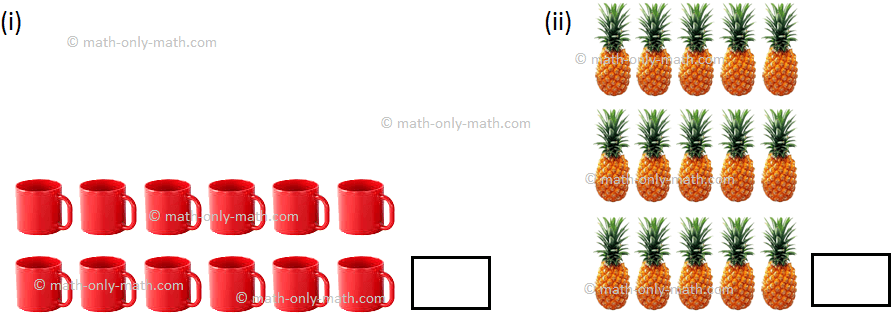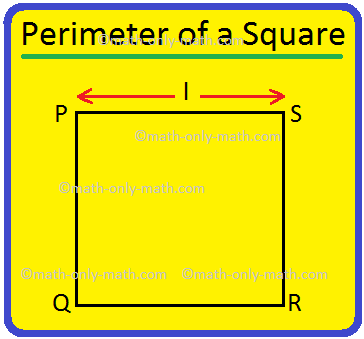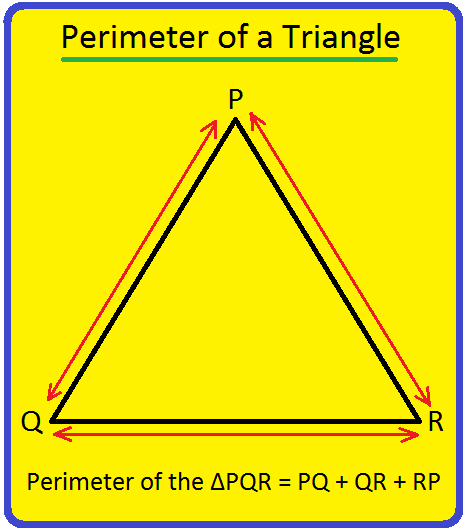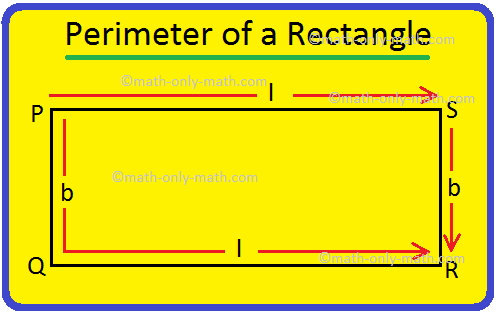Compound Interest
Interest is of two types, simple interest and compound interest.
Simple interest: When interest is calculated on principal amount, that interest called Simple interest.
Compound interest: After a definite period of time, the interest accrued is added to the previous principal to get the new principal. For the next definite period of time, if the interest is calculated on the new principal, then that interest is called Compound interest.
Phase of compound interest: The period of time in each stage after which the compound interest is due, is called the phase of compound interest. Usually, the phases of compound interest are calculated for 3 months, 6 months and 1 year.
Amount when subjected to compound interest: The sum of the principal and compound interest for a specific period of time is known as amount.
Calculating compound interest using simple interest only and we know
to calculate simple interest on a certain Principal ($ P), at a certain
Rate (R %) per annum for a given time period (T years), then the simple
interest is given by the formula,
\[S.I. = \frac{P × R × T}{100}\]
When money is borrowed on simple interest then the interest is
calculated uniformly on the original sum (principal) throughout the
period of loan. But in everyday life, the interest changed/paid is
rarely simple interest.
However, in post offices, banks,
insurance corporations and other companies which lend money and accept
deposits, the method of calculating interest is quite different.
Under
this method, the borrower and the lender agree to fix a certain unit of
time, say one year or a half-year or one quarter of a year (i.e., 3
months), to settle the previous account.
In such cases, the
interest accrued during the first unit of time is added to the original
principal and the amount so obtained is taken as the principal for the
second unit of time. The amount of this principal at the end of the
second unit of time becomes the principal for the third unit of time,
and so on.
After a certain specified period, the difference between the amount and the money borrowed is called the compound interest (abbreviated as CI).
The fixed unit of time is known as the conversion period.
To Find Compound Interest (CI) when Interest is Compounded Annually
In such cases where interest is compounded yearly, the interest accrued during the first year is added to the principal and the amount so obtained becomes the principal for the second year. The amount at the end of the second year becomes the principal for the third year, and so on.
Solved problems to find Compound Interest when Interest is Compounded Annually
1. Find the compound interest on $5000 for 3 years at 8% per annum, compounded annually.
Solution:
Principal for the first year =$5000.
Interest for the first year = $\(\frac{5000 × 8 × 1}{100}\) = $400.
Amount at the end of the first year $(5000 + 400) = $5400.
Principal for the second year = $5400.
Interest for the second year = $\(\frac{5400 × 8 × 1}{100}\) = $432.
Amount at the end of the second year = $(5400 + 432) = $5832.
Principal for the third year = $5832.
Interest for the third year = $\(\frac{5832 × 8 × 1}{100}\) = $466.56
Amount at the end of the third year = $(5832 + 466.56) = $6298.56
Therefore, compound interest = $(6298.56 - 5000) = $1298.56
2. Find the compound interest on $25000 for 3 years at 6% per annum, compounded annually.
Solution:
Principal for the first year = $25000.
Interest for the first year = $\(\frac{25000 × 6 × 1}{100}\) = $1500.
Amount at the end of the first year $(25000 + 1500) = $26500.
Principal for the second year = $26500.
Interest for the second year = $\(\frac{26500 × 6 × 1}{100}\) = $1590.
Amount at the end of the second year = $(26500 + 1590) = $28090.
Principal for the third year = $28090.
Interest for the third year = $\(\frac{28090 × 6 × 1}{100}\) = $1685.40
Amount at the end of the third year = $(28090 + 1685.40) = $29775.40.
Therefore, compound interest = $(29775.40 - 25000) = $4775.40.
To Find Compound Interest (CI) when Interest is Compounded Half-Yearly
In such cases, if the rate of interest is R% per annum then it is clearly (\(\frac{R}{2}\)) % per half-year.
The amount after the first half-year becomes the principal for the next half-year, and so on.
The method for calculating compound interest in such cases is shown in the example given below.
Solved problems to find Compound Interest when Interest is Compounded Half-Yearly
1. Find the compound interest on $5000 for 1 year at 8% per annum, compounded half-yearly.
Solution:
Rate of interest = 8% per annum
= 4% per half-year.
Time = 1 year = 2 half-years
Original principal = $5000.
Interest for the first half-year = $\(\frac{5000 × 4 × 1}{100}\) = $200.
Amount at the end of the first half-year = $(5000 + 200) = $5200.
Principal for the second half-year = $5200.
Interest for the second half-year = $\(\frac{5200 × 4 × 1}{100}\) = $208.
Amount at the end of the second half-year = $(5200 + 208) = $5408.
Therefore, compound interest = $(5408 - 5000) = $408.
2. Find the compound interest on $10000 for 1 year at 10% per annum, compounded half-yearly.
Solution:
Rate of interest = 10% per annum
= 5% per half-year.
Time = 1 year = 2 half-years
Original principal = $10000.
Interest for the first half-year = $\(\frac{10000 × 5 × 1}{100}\) = $500.
Amount at the end of the first half-year = $(10000 + 500) = $10500.
Principal for the second half-year = $10500.
Interest for the second half-year = $\(\frac{10500 × 5 × 1}{100}\) = $525.
Amount at the end of the second half-year = $(10500 + 525) = $11025.
Therefore, compound interest = $(11025 - 10000) = $1025.
3. Calculate the compound interest for the second and third year on $ 20,000 invested for 4 years at 10% p.a.
Solution:
Interest for the first year = \(\frac{P × R × T}{100}\) = \(\frac{20000 × 1 × 10}{100}\) = $ 2,000
Amount at the end of first year or principal for second year = $ (20,000 + 2,000) = $ 22,000
Interest for second year = \(\frac{22000 × 1 × 10}{100}\) = $ 2,200
Amount at the end of second year or principal for 3rd year
= $ (22,000 + 2,200)
= $ 24,200
Interest for third year = \(\frac{24200 × 1 × 10}{100}\) = $ 2,420
Therefore compound interest for the second and third year on $ 20,000 invested for 4 years at 10% p.a. are $ 2,200 and $ 2,420 respectively.
4. Vijay borrowed $ 5,000 and agreed to pay interest at the rate of 10% , 12%, and 14% for the first, second and third year respectively. Find the total amount he had to pay after 3 years.
Solution:
Original principal = $5,000.
Rate of interest = 10%, 12%, and 14% for the first, second and third year respectively.
Interest for the first year = \(\frac{P × R × T}{100}\)
= \(\frac{5000 × 1 × 10}{100}\) = $ 500
Amount at the end of first year or principal for second year = $ (5,000 + 500)
= $ 5,500
Interest for second year = \(\frac{5500 × 1 × 12}{100}\) = $ 660
Amount at the end of second year or principal for third year
= $ (5,500 + 660) = $ 6,160
Interest for the third year = \(\frac{P × R × T}{100}\) = \(\frac{6160 × 1 × 14}{100}\) = $ 862.40
Therefore amount at the end of third year = $ 6,160 + $ 862.40
= $ 7,022.40
● Compound Interest
Compound Interest by Using Formula
Practice Test on Compound Interest
● Compound Interest - Worksheet
Worksheet on Compound Interest
8th Grade Math Practice
From Compound Interest to HOME PAGE
Didn't find what you were looking for? Or want to know more information about Math Only Math. Use this Google Search to find what you need.
Recent Articles
-
1st Grade Word Problems on Subtraction | Subtracting 2-Digit Numbers
Apr 26, 24 11:49 AM
In 1st grade word problems on subtraction students can practice the questions on word problems based on subtraction. This exercise sheet on subtraction can be practiced by the students to get more ide… -
Subtracting 1-Digit Number | Subtract or Minus Two One-Digit Number
Apr 26, 24 11:21 AM
In subtracting 1-digit number we will subtract or minus one-digit number from one-digit number or one-digit number from 2-digit number and find the difference between them. We know that subtraction me… -
Perimeter of a Square | How to Find the Perimeter of Square? |Examples
Apr 25, 24 05:34 PM
We will discuss here how to find the perimeter of a square. Perimeter of a square is the total length (distance) of the boundary of a square. We know that all the sides of a square are equal. Perimete… -
Perimeter of a Triangle | Perimeter of a Triangle Formula | Examples
Apr 25, 24 05:13 PM
We will discuss here how to find the perimeter of a triangle. We know perimeter of a triangle is the total length (distance) of the boundary of a triangle. Perimeter of a triangle is the sum of length… -
Perimeter of a Rectangle | How to Find the Perimeter of a Rectangle?
Apr 25, 24 03:45 PM
We will discuss here how to find the perimeter of a rectangle. We know perimeter of a rectangle is the total length (distance) of the boundary of a rectangle. ABCD is a rectangle. We know that the opp…




